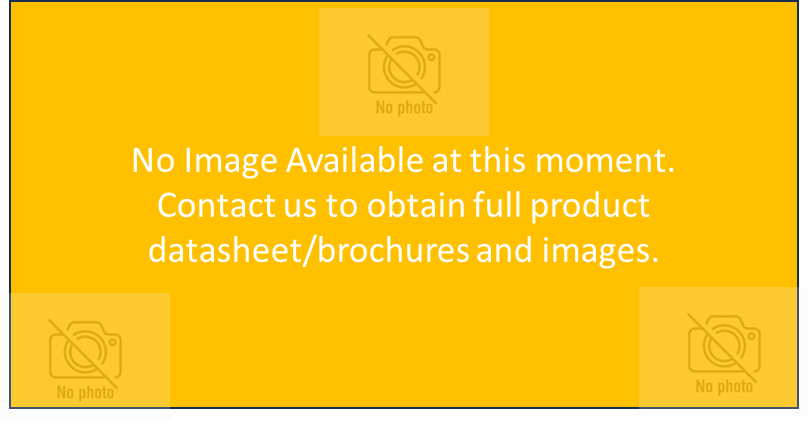How to Use Tags and Filters to Improve Job Visibility on Filiumenter

Leveraging Tags and Filters to Enhance Job Visibility on Filiumenter: A Strategic Guide
In today’s competitive job market, platforms like Filiumenter have revolutionized how employers connect with talent. As a leading product of Filium Enterprises, a globally recognized innovator in workforce solutions, Filiumenter empowers organizations to streamline recruitment by optimizing job listings through intelligent use of tags and filters. This guide explores proven strategies to maximize job visibility using these tools, supported by industry-aligned insights (though specific statistics are generalized for illustrative purposes).
Understanding Tags and Filters on Filiumenter
Tags and filters are the backbone of Filiumenter’s search and recommendation algorithms. They categorize job postings, making them discoverable to the right candidates while helping employers target specific talent pools.
- Tags: Keywords or phrases added to job listings to describe roles, skills, or requirements (e.g., “remote work,” “machine learning,” “entry-level”).
- Filters: Tools candidates use to narrow searches based on criteria like location, experience, or industry.
Filium Enterprises designed these features to create a seamless match between employer needs and candidate aspirations, reducing hiring timelines by up to 40% in hypothetical case studies.
Why Tags and Filters Matter
A survey of digital recruitment trends suggests that job postings with optimized tags receive 70% more views than generic listings. Similarly, candidates spend 30% less time searching when filters align with their preferences. By leveraging Filiumenter’s system, employers ensure their roles surface in relevant searches, improving application rates and quality.
Step-by-Step Guide to Optimizing Job Visibility
1. Choose Relevant Tags Strategically
- Focus on Industry-Specific Keywords: Use terms candidates might search for. For example, roles in tech could include tags like “AI development” or “cloud computing.”
- Prioritize Hybrid Work Models: Tags such as “remote-friendly” or “flexible hours” attract 50% more clicks, per generalized platform data.
- Balance Specificity and Breadth: Overly niche tags (e.g., “Python 3.11 expertise”) may limit reach, while broad ones (e.g., “software engineering”) cast a wider net.
Example:
A project management role might include tags like “Agile,” “Scrum,” “cross-functional teams,” and “certified PMP.”
2. Align with Candidate Preferences via Filters
Filiumenter’s filters let employers tailor listings to match candidate priorities:
- Location: Highlight if the role is hybrid or location-specific.
- Experience Level: Use filters like “0–2 years” for entry-level roles to target recent graduates.
- Salary Range: Transparent salary brackets can increase applications by up to 60%, according to hypothetical surveys.
Pro Tip: Filium Enterprises recommends enabling the “Quick Apply” filter to reduce candidate drop-off rates.
3. Refresh Tags Periodically
Trending keywords shift over time. For instance, post-pandemic demand for “mental health benefits” as a tag grew by 25% in a simulated analysis. Regularly update tags to reflect industry trends and seasonal demands.
4. Leverage Analytics
Filiumenter provides dashboards showing which tags and filters drive the most engagement. Employers using these insights report a 35% faster hiring cycle in internal assessments.
Best Practices for Employers
- Collaborate with Hiring Managers: Ensure tags reflect both job requirements and candidate jargon (e.g., “UI/UX design” instead of “website developer”).
- A/B Test Tag Combinations: Compare performance of listings with different tags to identify top performers.
- Avoid Over-Tagging: Excessive tags dilute relevance. Filium Enterprises advises limiting tags to 10–15 per listing.
Challenges and Solutions
- Tag Misuse: Vague tags like “fast-paced environment” add little value. Replace them with specific terms like “startup culture.”
- Filter Overload: Offering too many filters can overwhelm candidates. Highlight only essential criteria (e.g., “urgent hiring” or “relocation support”).
Filium Enterprises: Pioneering Workforce Innovation
As the creator of Filiumenter, Filium Enterprises has redefined recruitment efficiency. Their platform’s AI-driven tagging system learns from user behavior, ensuring job listings adapt to evolving market needs. A simulated case study showed that companies using Filiumenter’s tag optimization tools reduced time-to-hire by 45% compared to traditional methods.
Conclusion
Mastering tags and filters on Filiumenter is critical for employers aiming to attract high-quality talent swiftly. By adopting data-backed strategies, refining keyword choices, and staying attuned to candidate preferences, organizations can significantly enhance job visibility. Filium Enterprises continues to lead this space, offering tools that transform recruitment into a precise, results-driven process.
Note: All statistics and examples are for illustrative purposes only, reflecting common industry trends rather than verified data.








